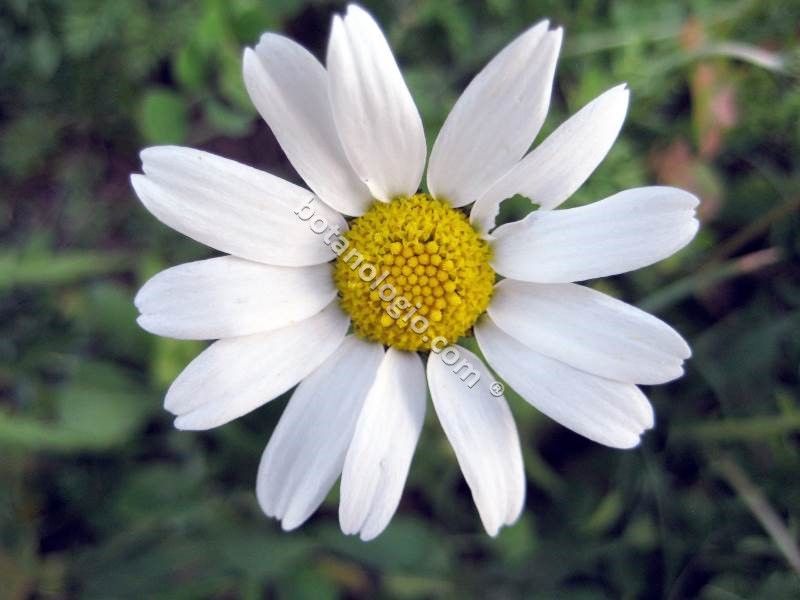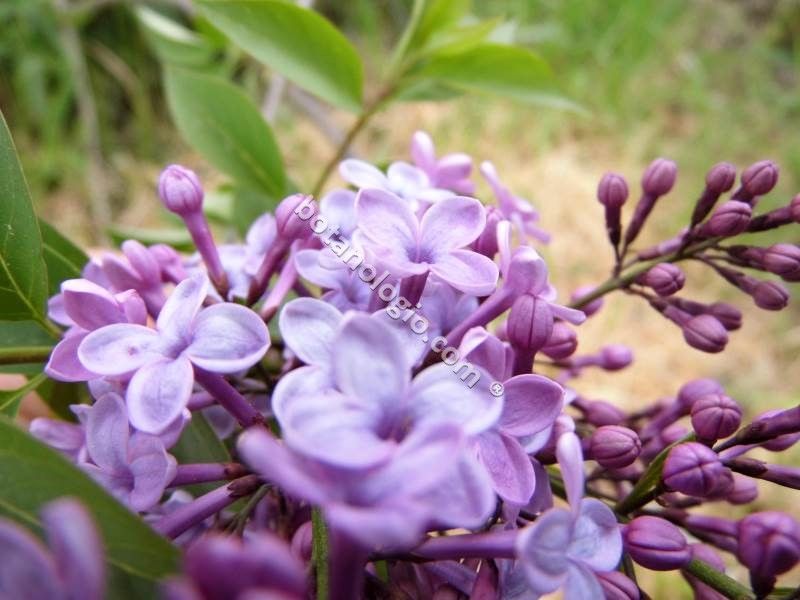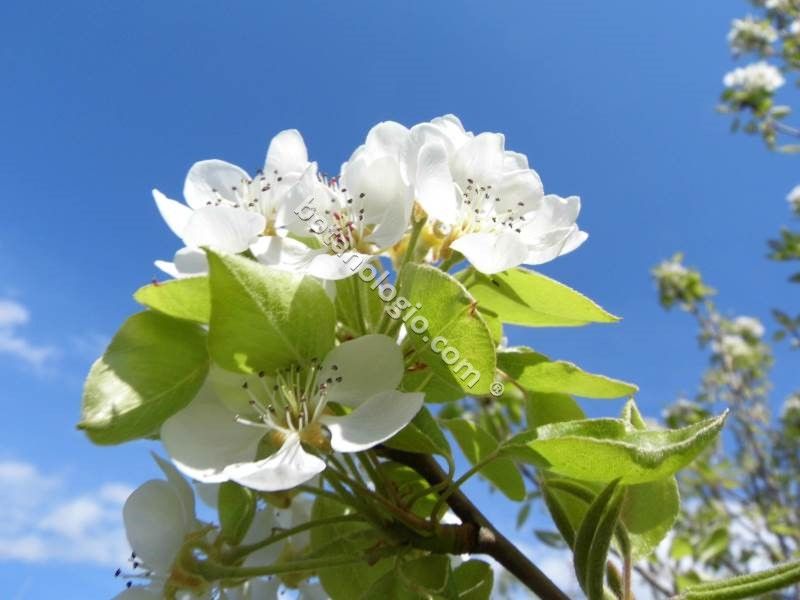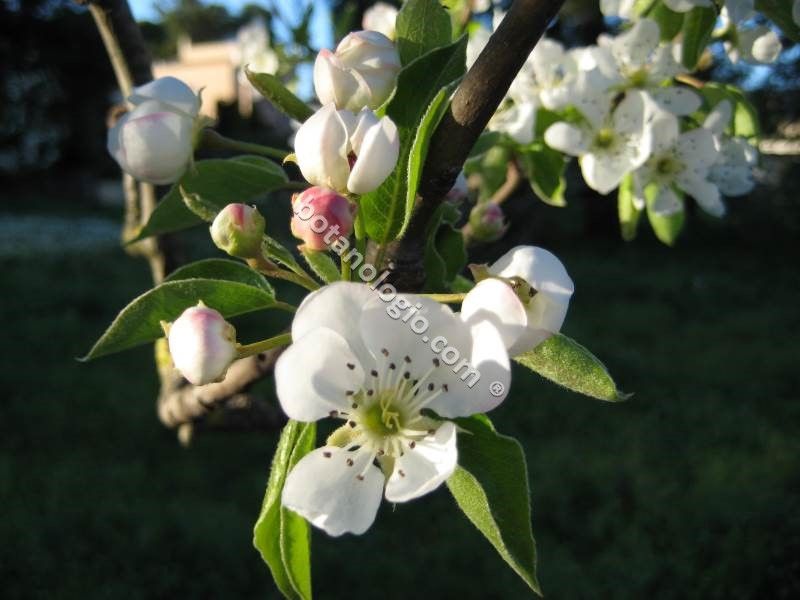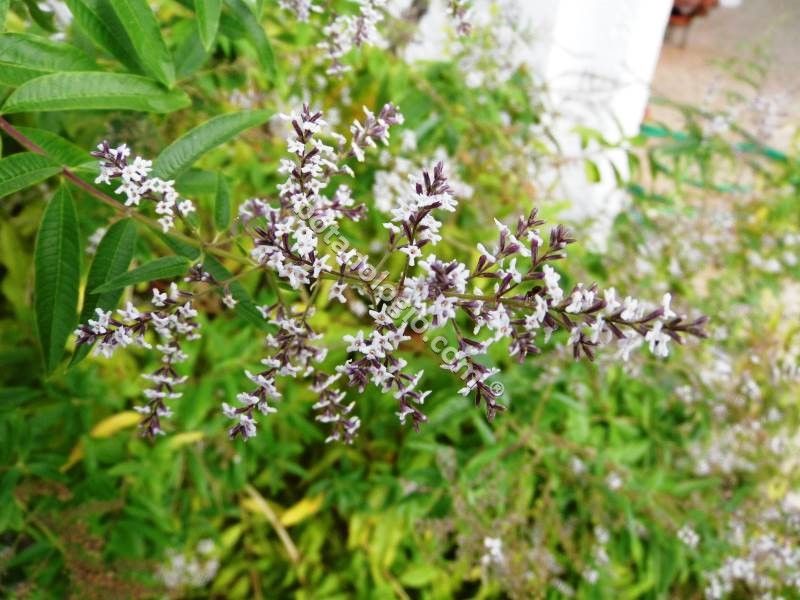Collecting Sage

The herb sage belongs to the family of Labiatae and is an evergreen shrub. It is one of the native herbs of southern Europe and the Mediterranean. The ideal climate for sage is semi – mountainous and dry.
The blooming period is from mid-spring to mid-summer. The cosmetic and healing properties of the plant are hidden in its flowers and especially in its leaves. The leaves are harvested before flowering, while the flowers are collected in the early days of flowering. It is also important to collect the leaves before flowering to have more nutrients and essential oil accumulated in the leaves!
You will find sage in many recipes for cooked fish, while its healing properties are very important. The use of sage in cosmetics is mainly related to anti-aging, skin bleaching and skin tightening. While it’s also known for dealing with obesity and fluid retention.
Sage contains powerful essential oil in high proportion. The main active ingredients of its essential oil are thymol, camphor, tannins, flavonoids, ursolic acid, phytoestrogens and many other components in minor amounts. It is important to note that sage contains large amounts of vitamin K, as 2 grams of sage contains 43% of our vitamin K daily requirement.
Read more about the therapeutic properties of sage and the cosmetic uses of sage!
essential oils, greek herbs, herb, herbs, herbs collection, herbs harvesting, herbs nutritional value, sage
